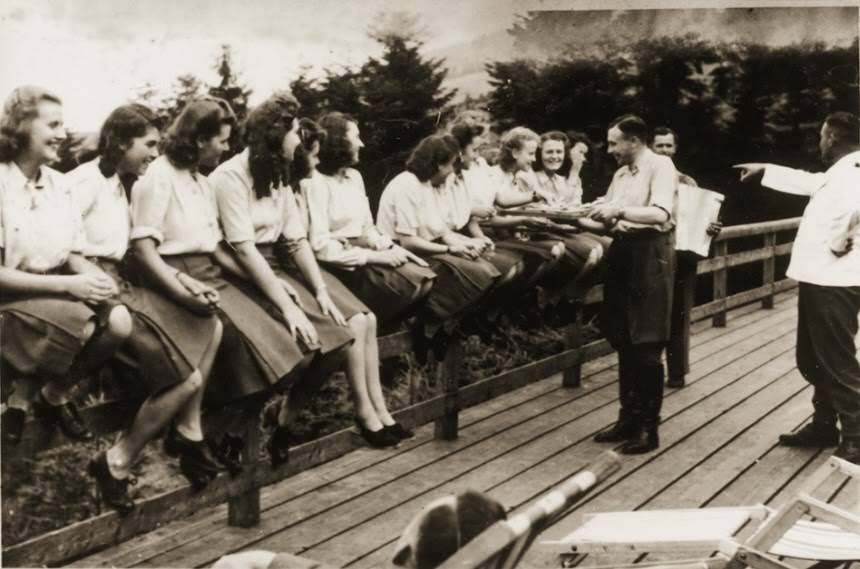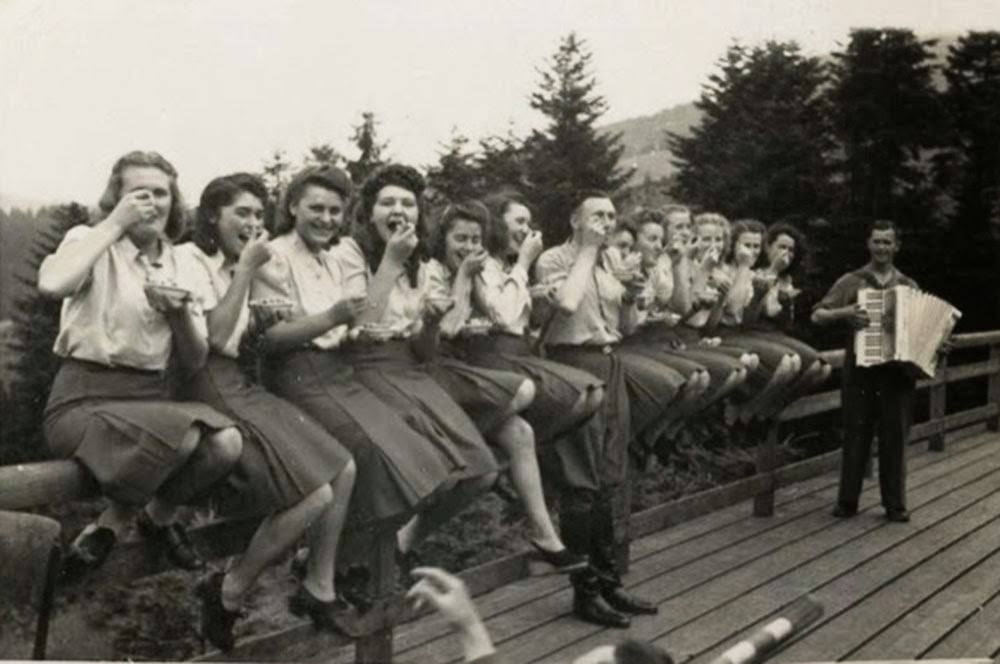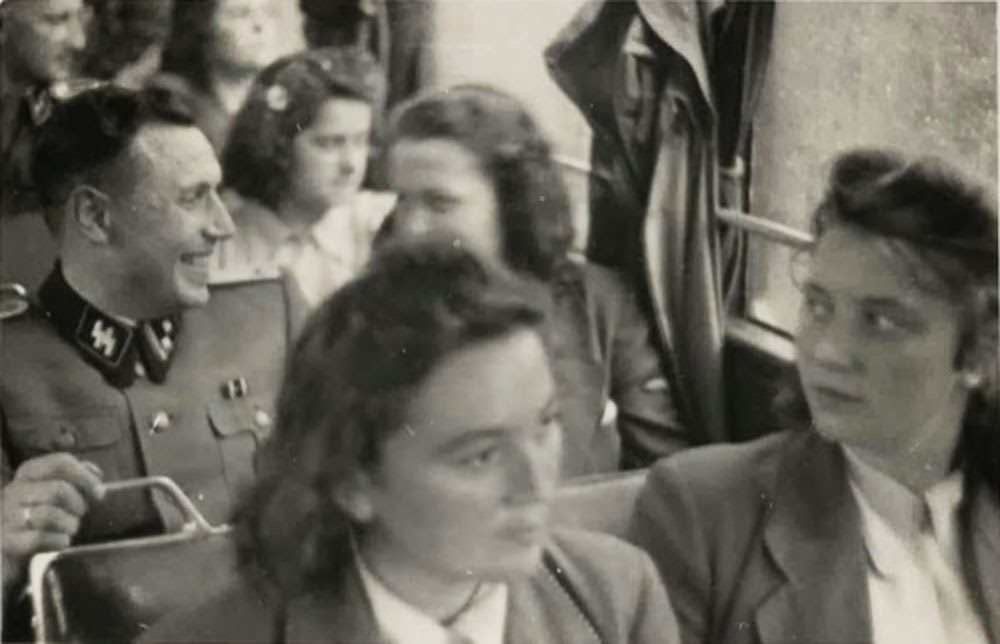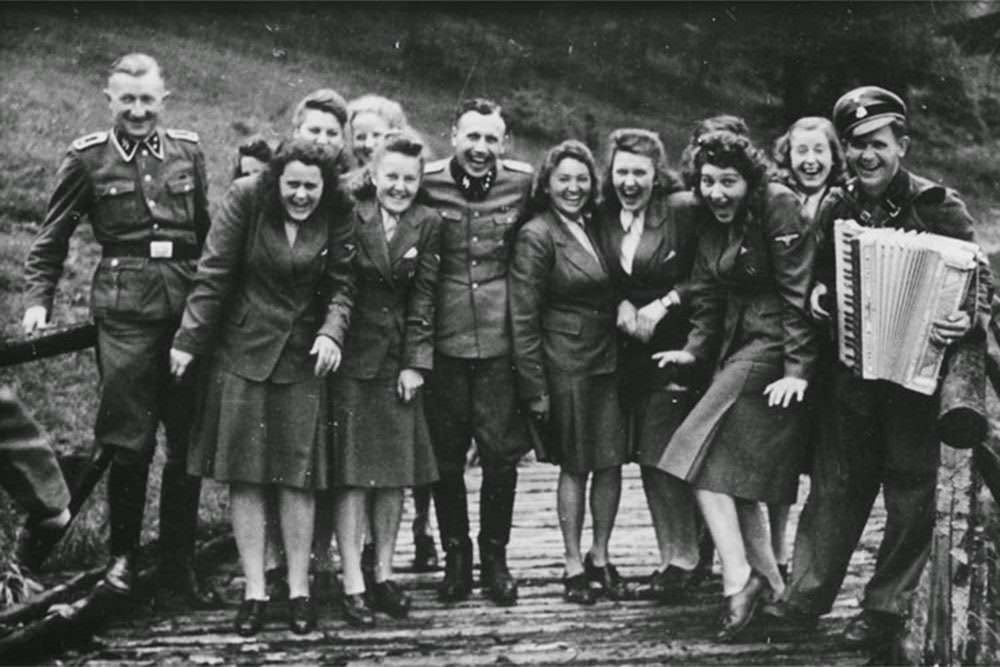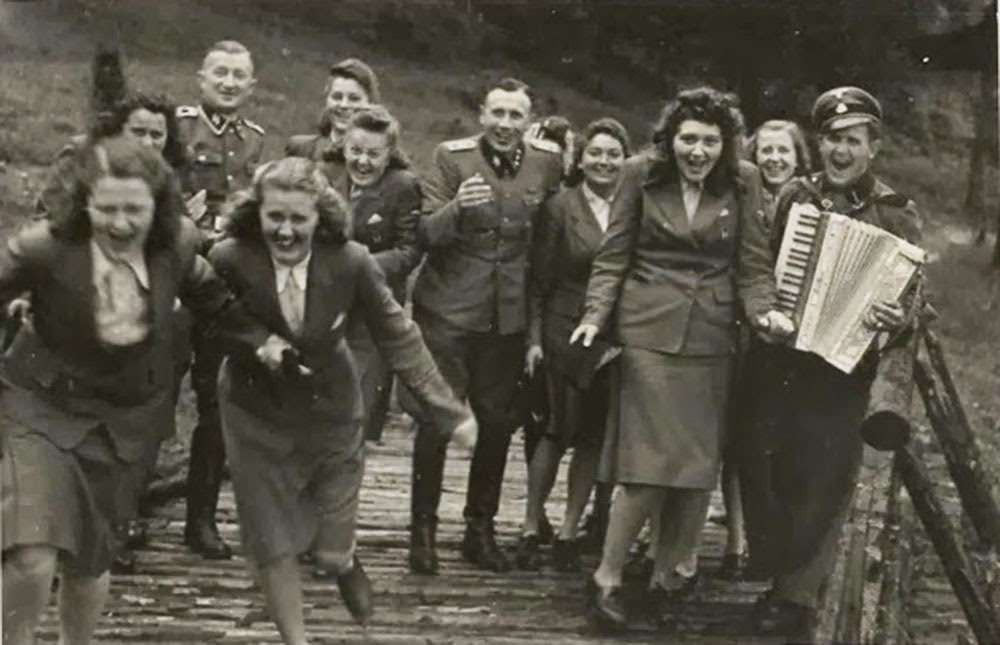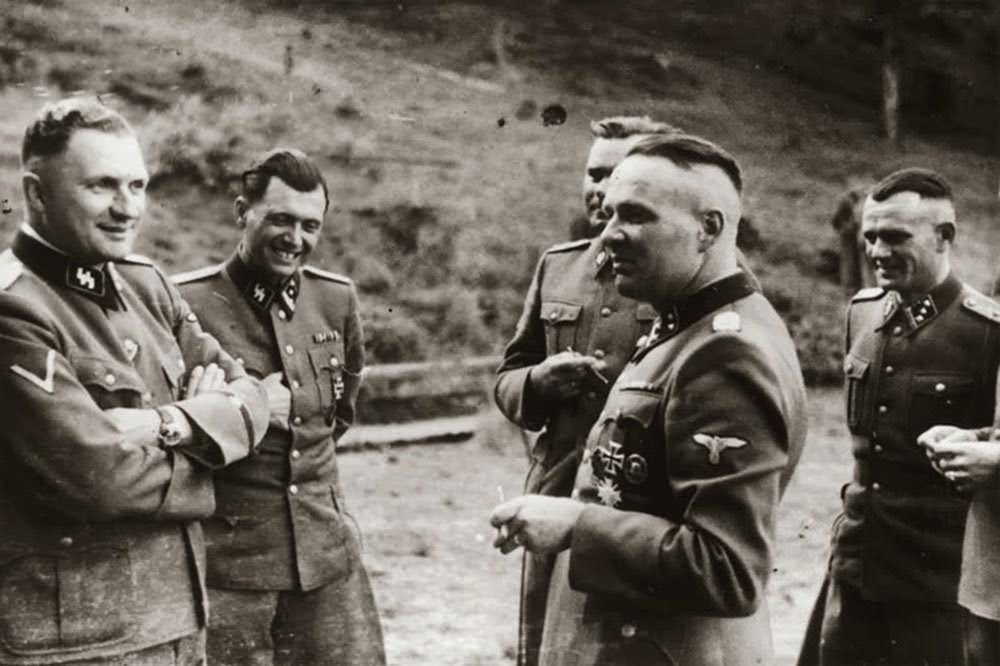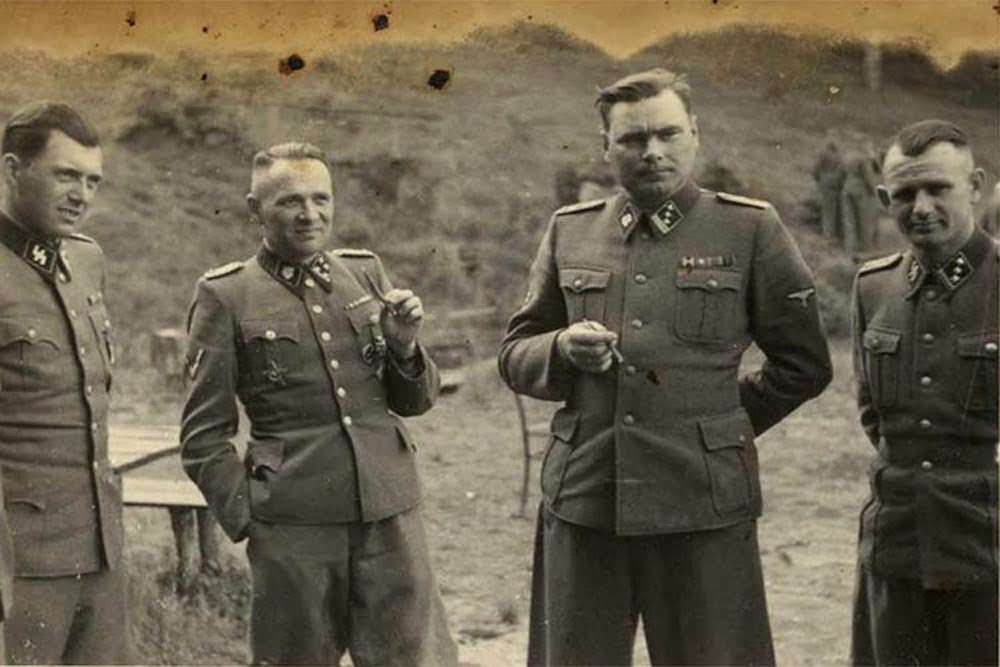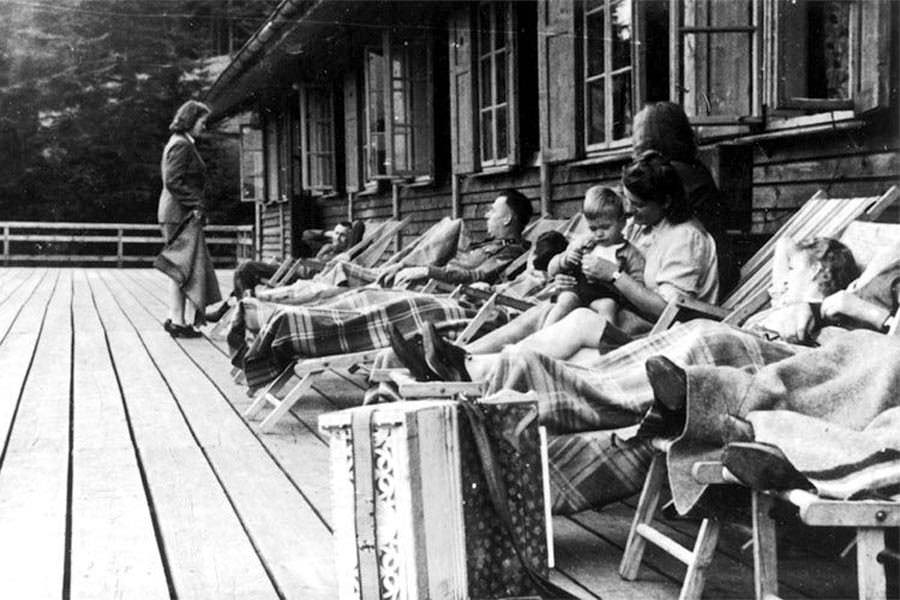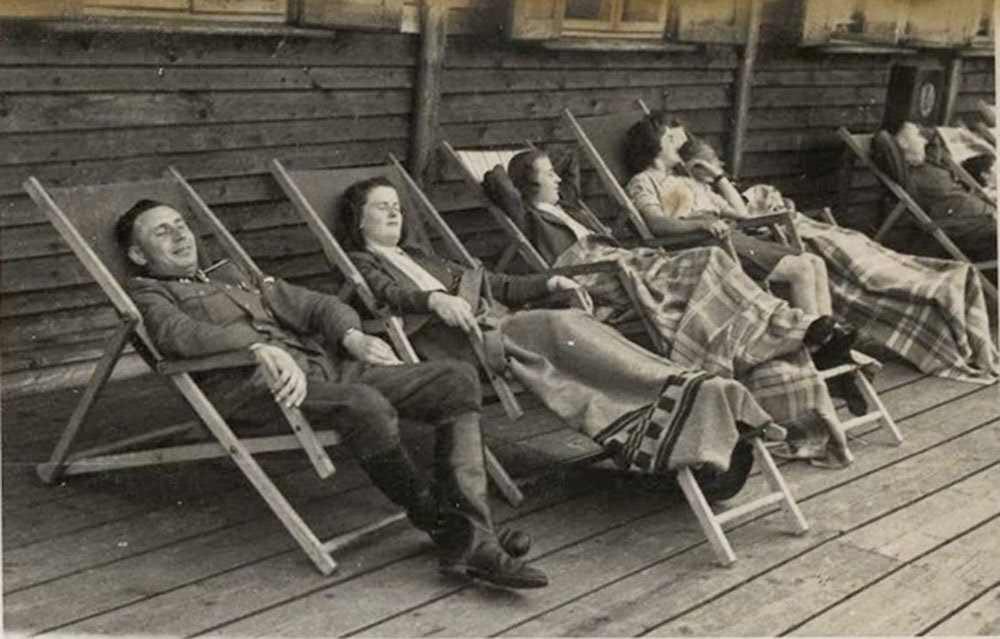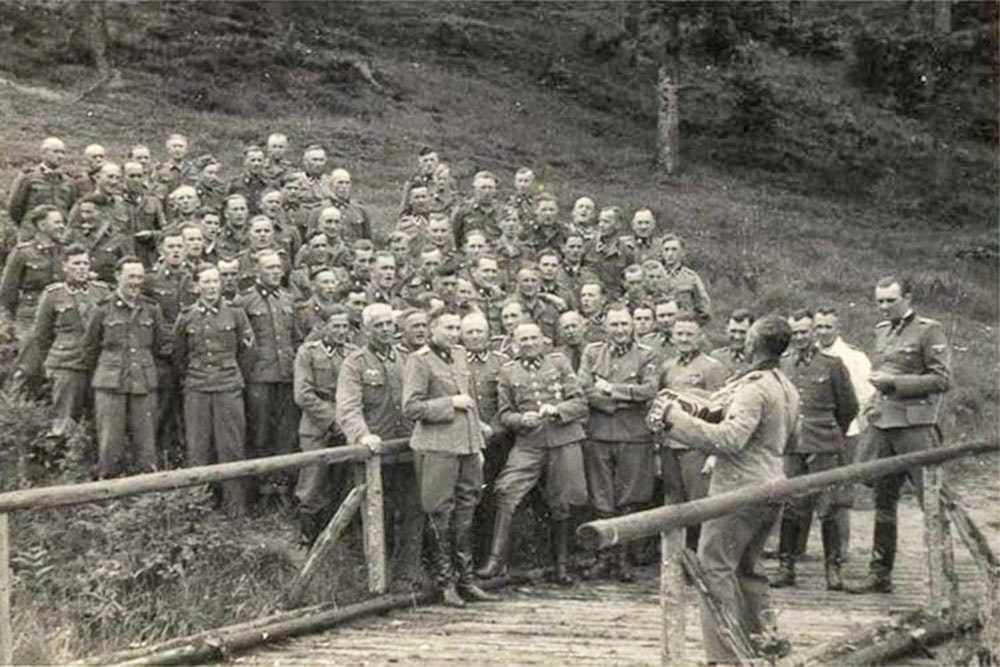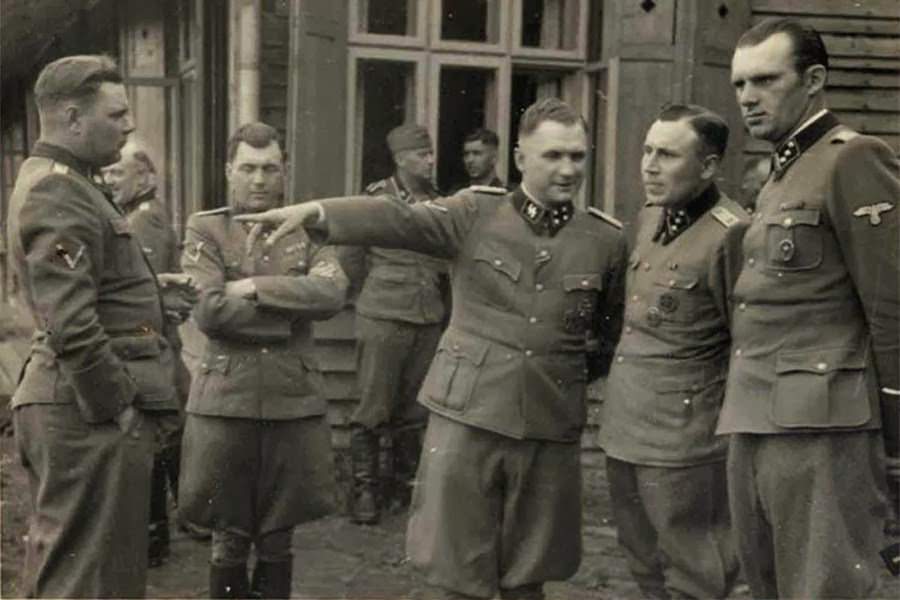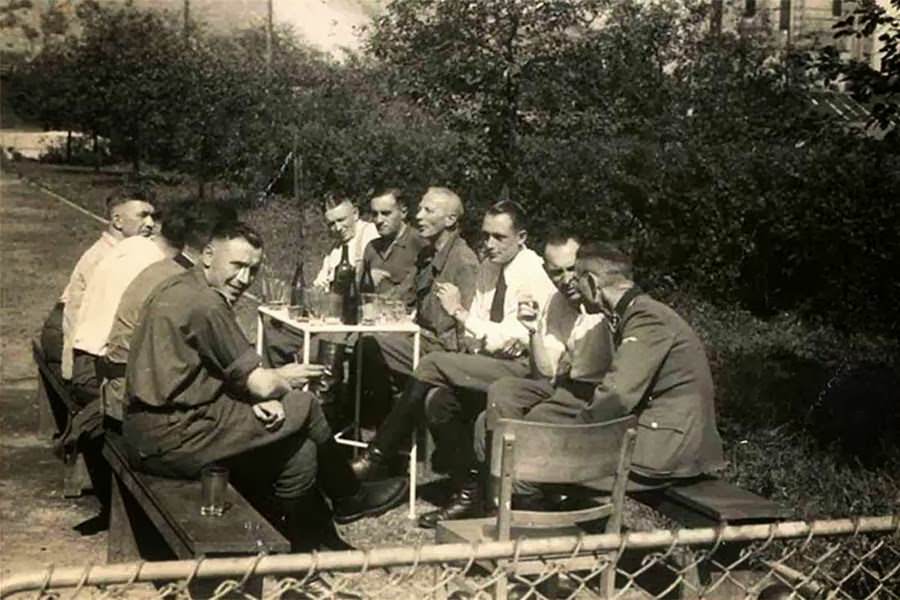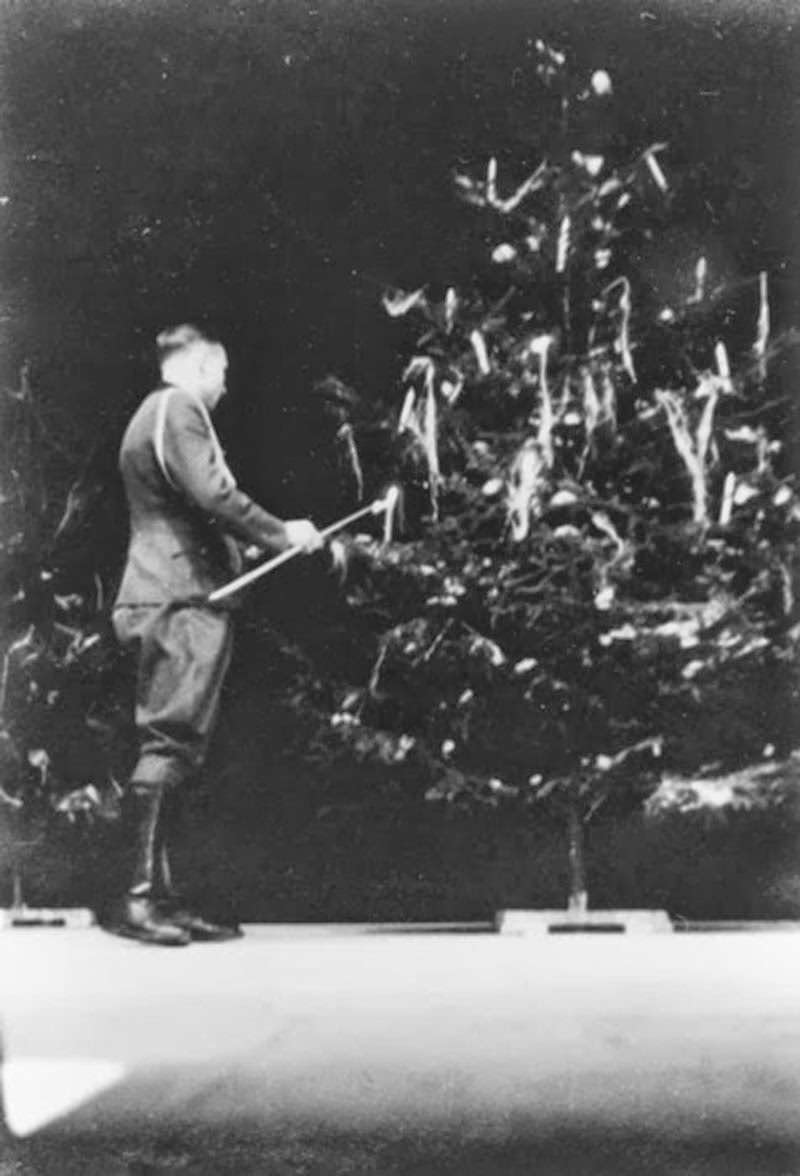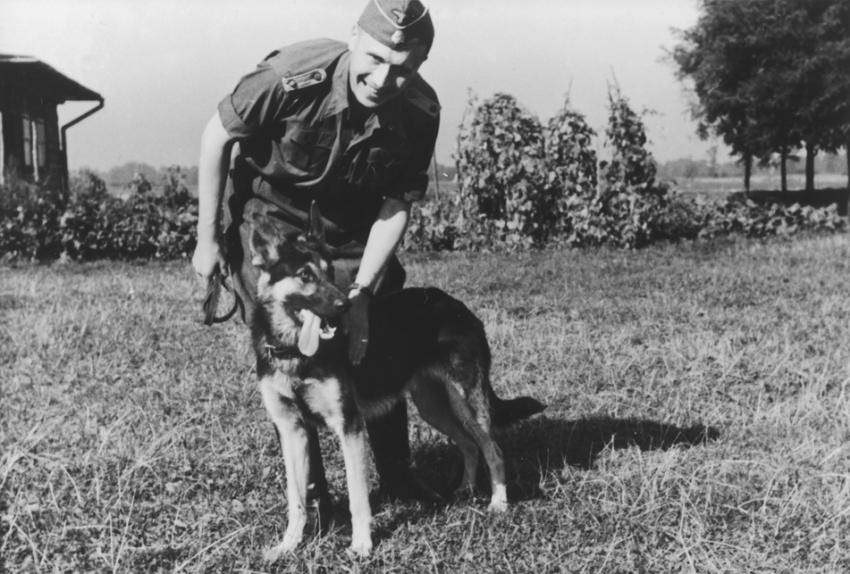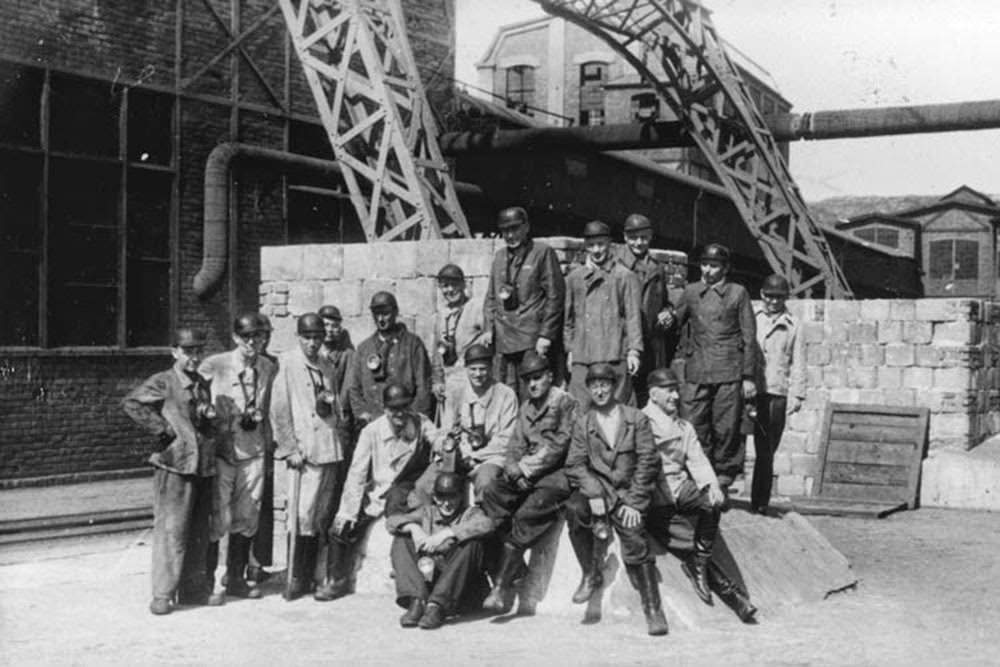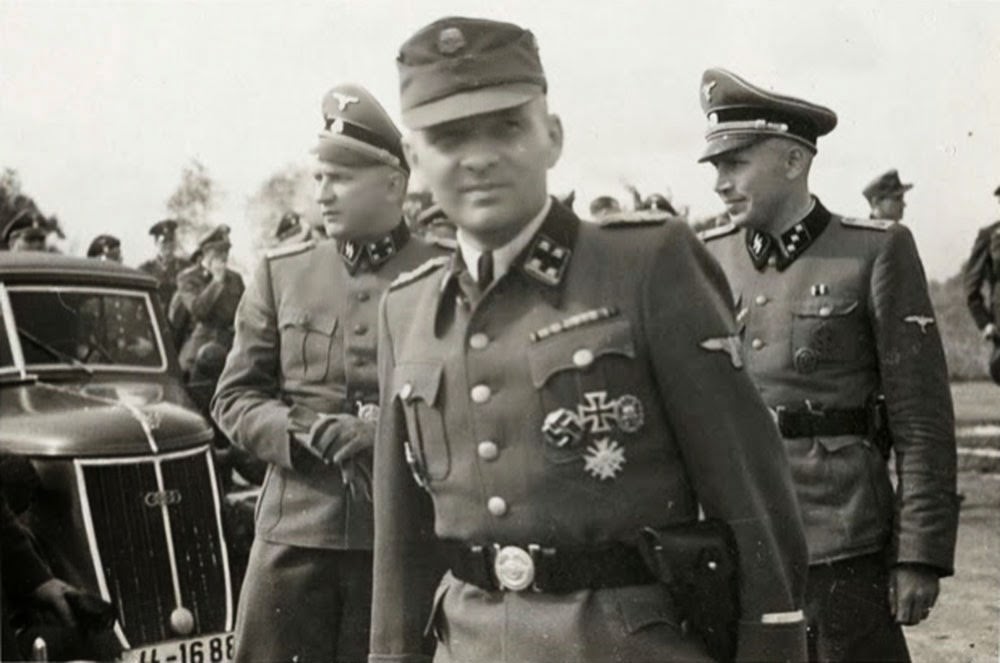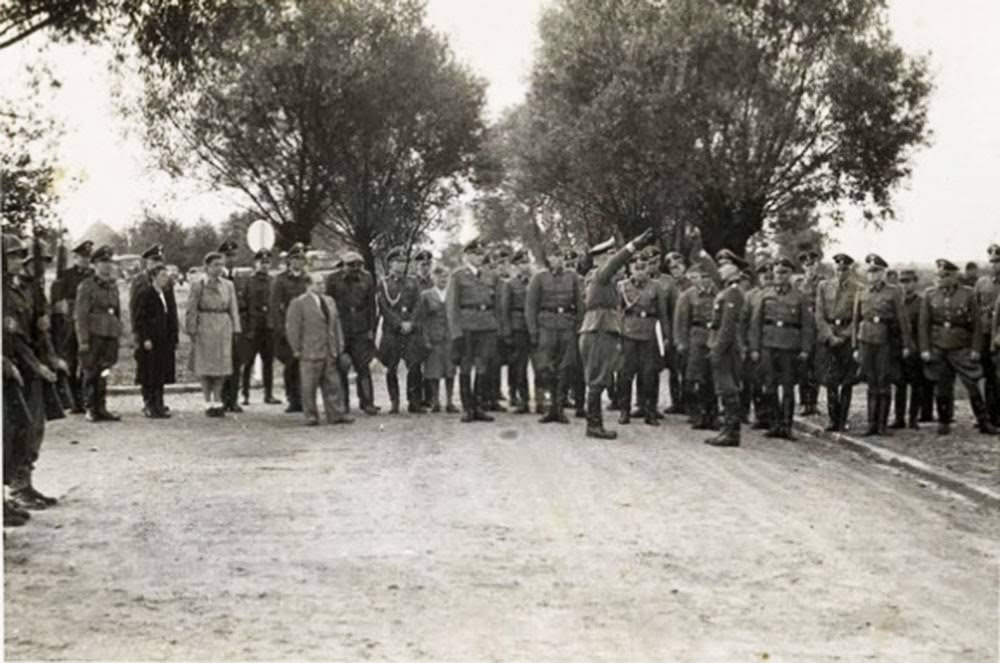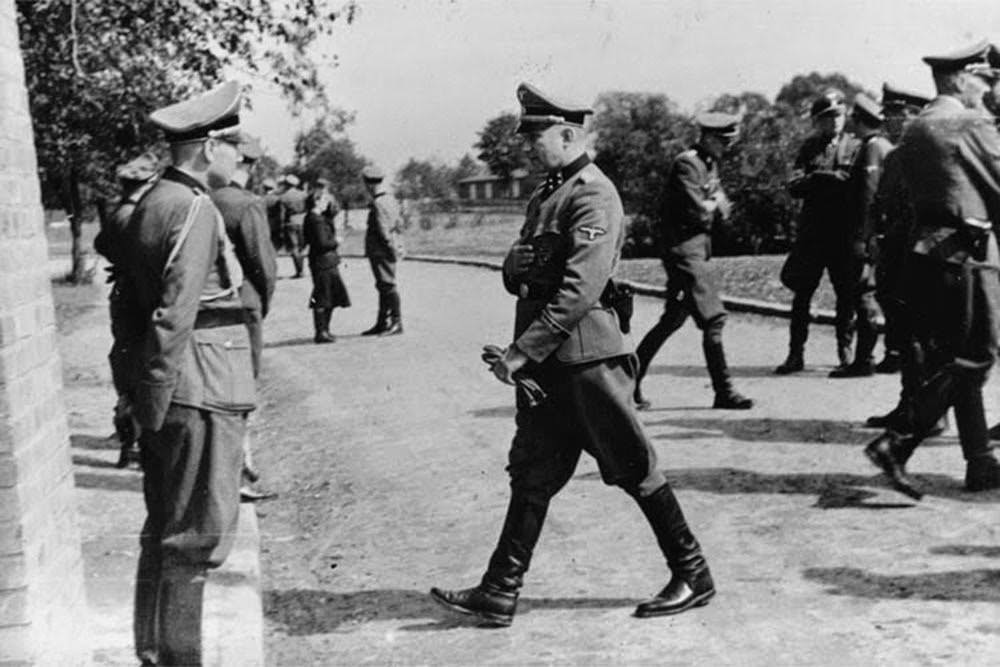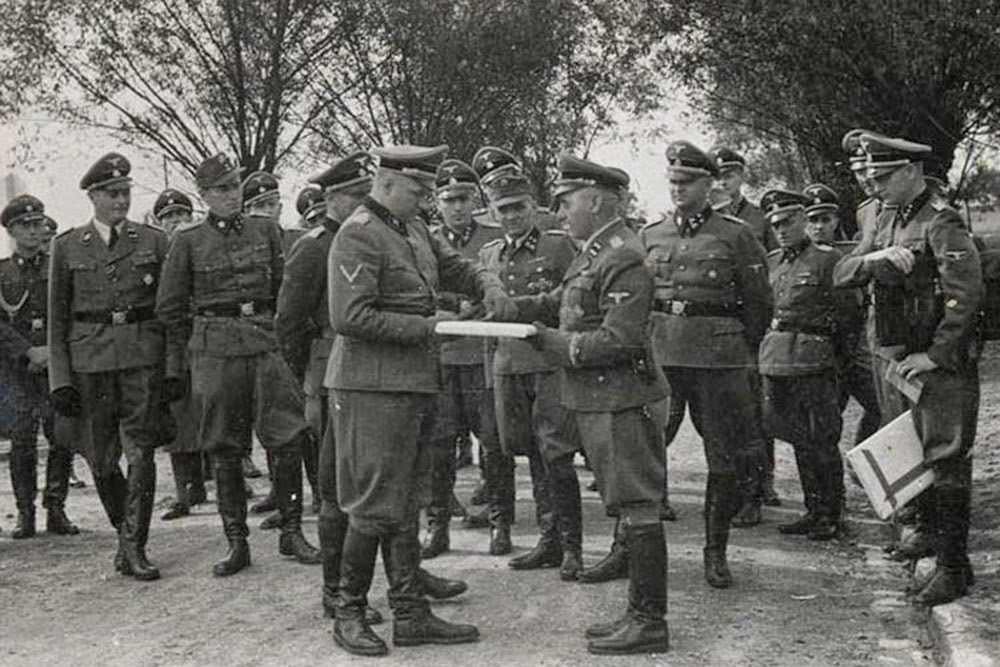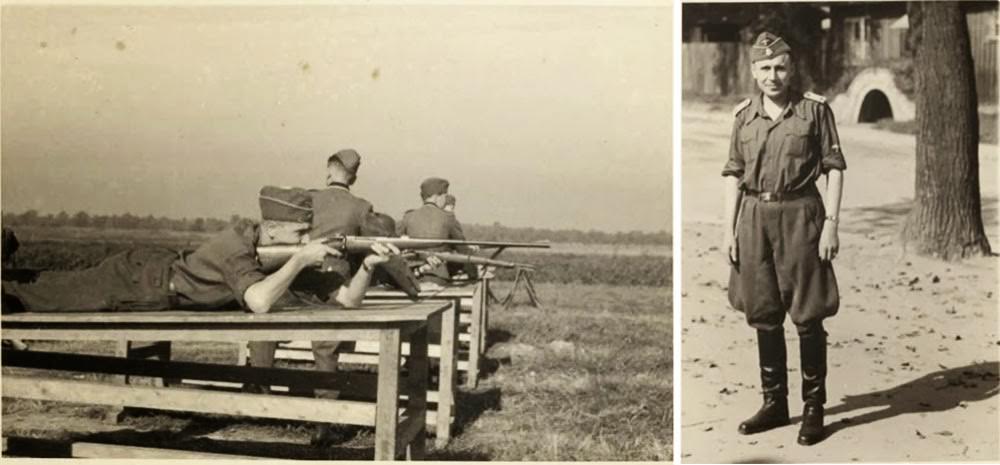Imagine stumbling across a collection of old vacation photographs, snapshots of leisure and relaxation. You might expect to see smiling faces, picturesque locations, and the universal language of holiday joy. Now imagine those smiling faces belong to SS officers, the very men responsible for one of history’s most heinous acts. It’s a deeply disconcerting thought, isn’t it? This was the reality that faced Germans when a collection of such photographs came to light.
SS Officers on Vacation
The images depict a chillingly casual scene: SS officers and their families lounging in idyllic settings, seemingly detached from the horrors they orchestrated. They are seen laughing, singing, and enjoying the sort of everyday pleasures we associate with vacations.
The leisurely camaraderie displayed in these images stands in stark contrast to the roles these men played in the concentration camps. It’s a disconcerting dichotomy that highlights the disturbing banality of evil – the unsettling idea that people who perpetrate horrific acts are not always monstrous in appearance or demeanor.
These photographs were a shocking discovery, not just for the international community, but particularly for Germans, who were forced to confront a horrifying part of their history anew. For many, it was a stark reminder of the country’s Nazi past and the atrocities committed by these seemingly ordinary men.
There was a sense of collective disbelief and horror as people grappled with the implications of these images. Could the individuals who took part in humanity’s darkest chapter truly disconnect so completely from their actions and enjoy leisure time like any other person?


